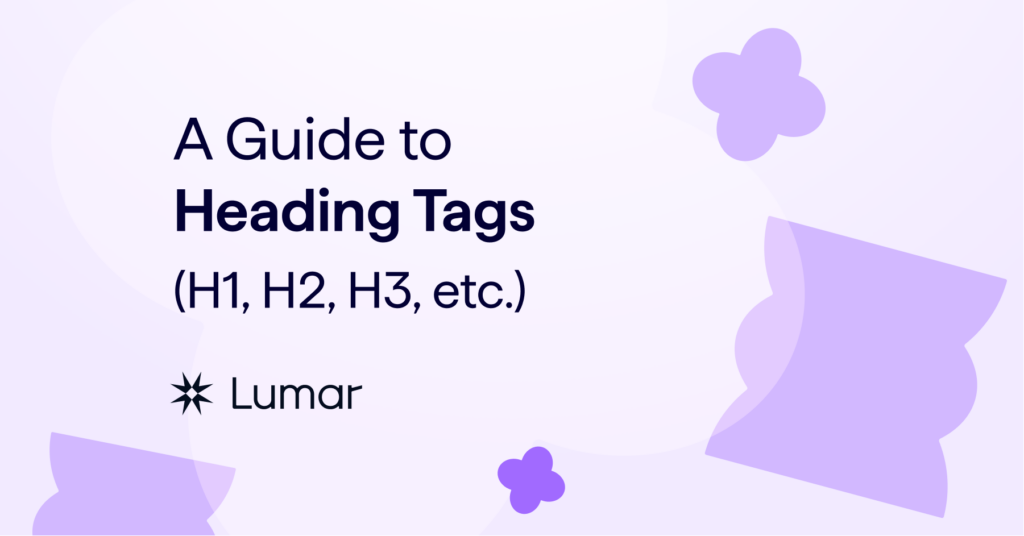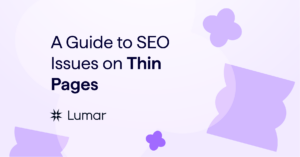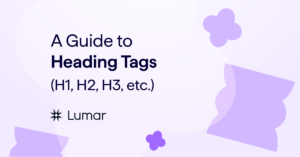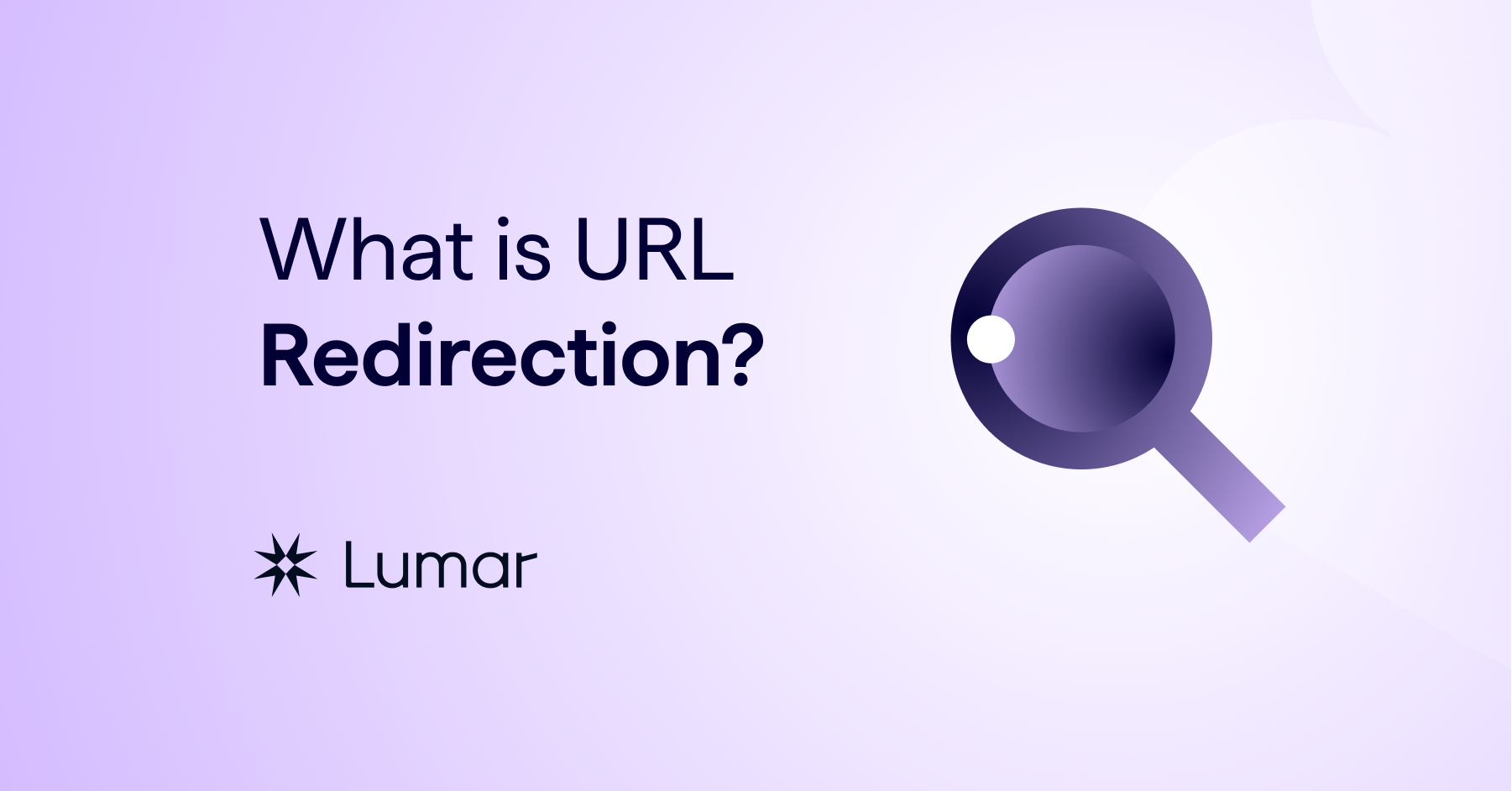Now that we’ve covered some of the key concepts around website content, let’s take a look at one of the core components of any page: the heading tag.

What is an H1 tag?
The H1 tag is essentially a short headline to describe the subject of the page and should be written for the benefit of both users and search engines.
It has historically been recommended that each page should only have one <h1> tag. However, in response to a question asking how many H1 tags should be used on a single web page, Google’s John Mueller said you could have: ‘as many has you want’. That said, here are some recommendations and considerations for H1 tags:
- All pages should have a unique, primary H1 tag which is as near as possible to the start of the page and presented to visitors above-the-fold.
- The primary H1 tag should be the main descriptor of the content on the page.
- H1s are considered an important on-page ranking factor, albeit a small one.
- Missing H1s will negatively impact the page’s search presence. Also, H1s are a complement to title tags in indicating to search engine crawlers the type of content that is on the page.
Best practice recommendations for H1 tags
Knowing what an H1 tag is one thing, but how can you make sure they are written optimally for users and search engines? Here are some best practice recommendations to ensure you’re getting the most out of your H1 tags:
- It is generally beneficial to include the main keyword for a page within the primary H1 headings.
- The number of characters used in the primary H1 heading is not important for SEO, but you need to make certain that the primary heading provides a clear indication of the page topic or what the page delivers.
- Ideally the top level, primary H1 heading should be a prominent visual element in a page, making it stand out to visitors.
- Headings and subheadings reflect the organisation of information in a page. Logical page structures using sequences of topically related sections with subheadings will be more engaging and potentially valuable to visitors.
Other heading tags
In addition to H1 tags, sub-sections can be set out within a page’s content using ascending numbering e.g. H2, H3, H4 etc. These heading tags provide additional signals to crawlers and visitors about the specific content within each section. Multiple <h2>, <h3> and <h4> tags are a normal occurrence on web pages and can exist on a single page without negatively impacting SEO.
Next: Optimizing Images & Videos for Search












